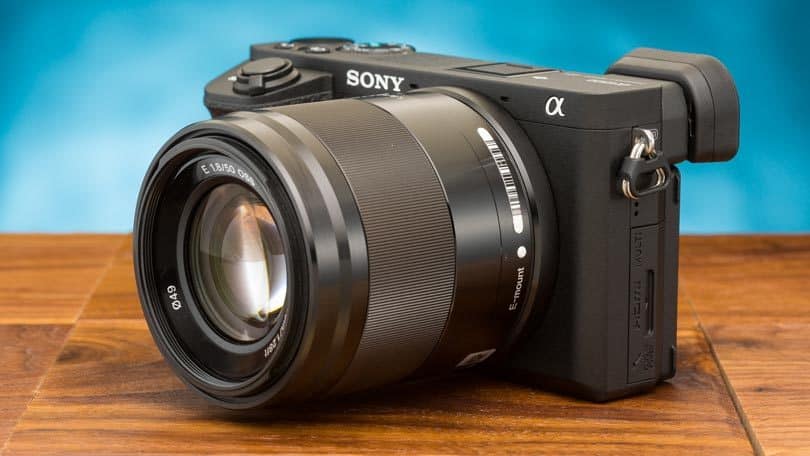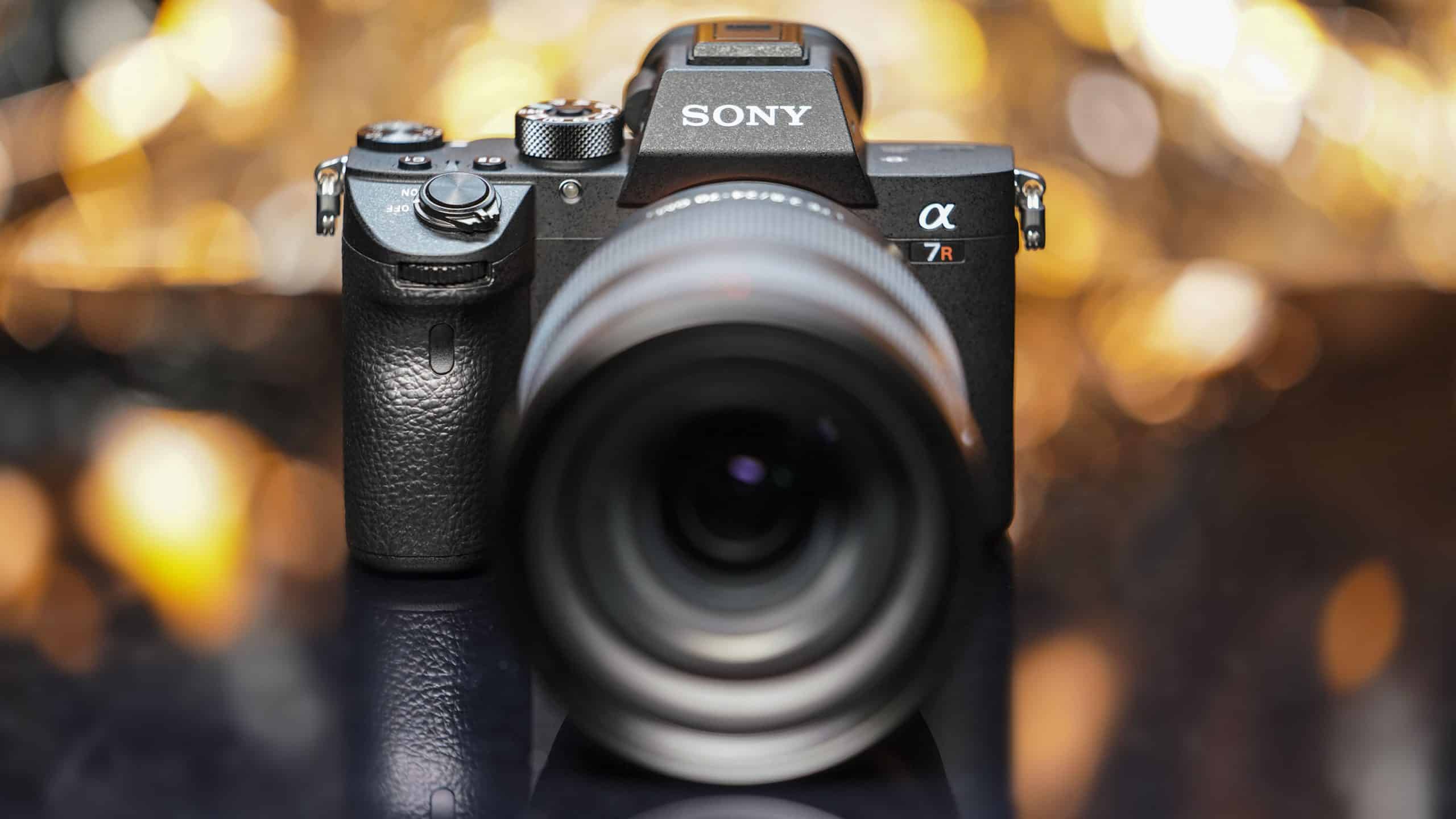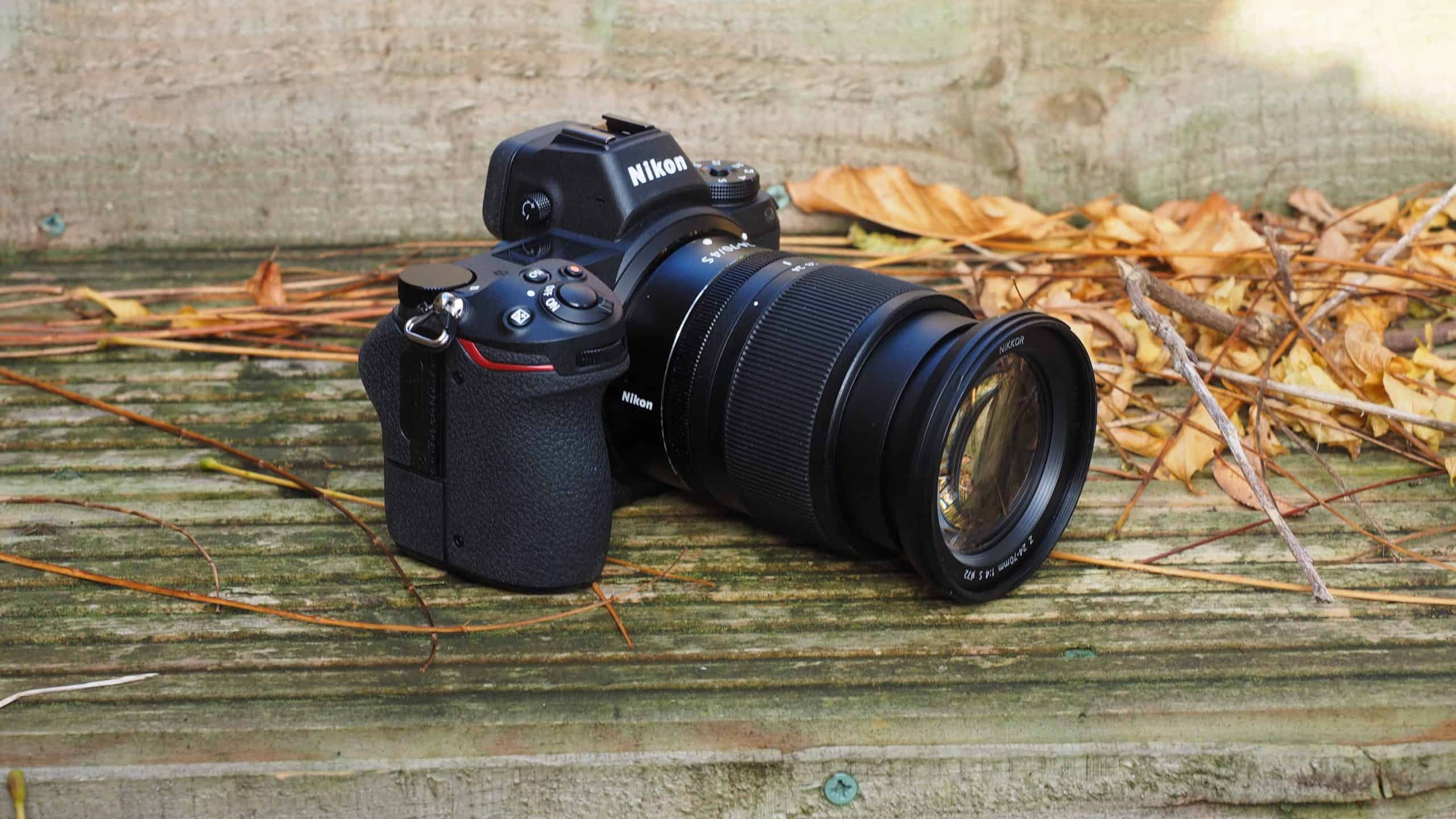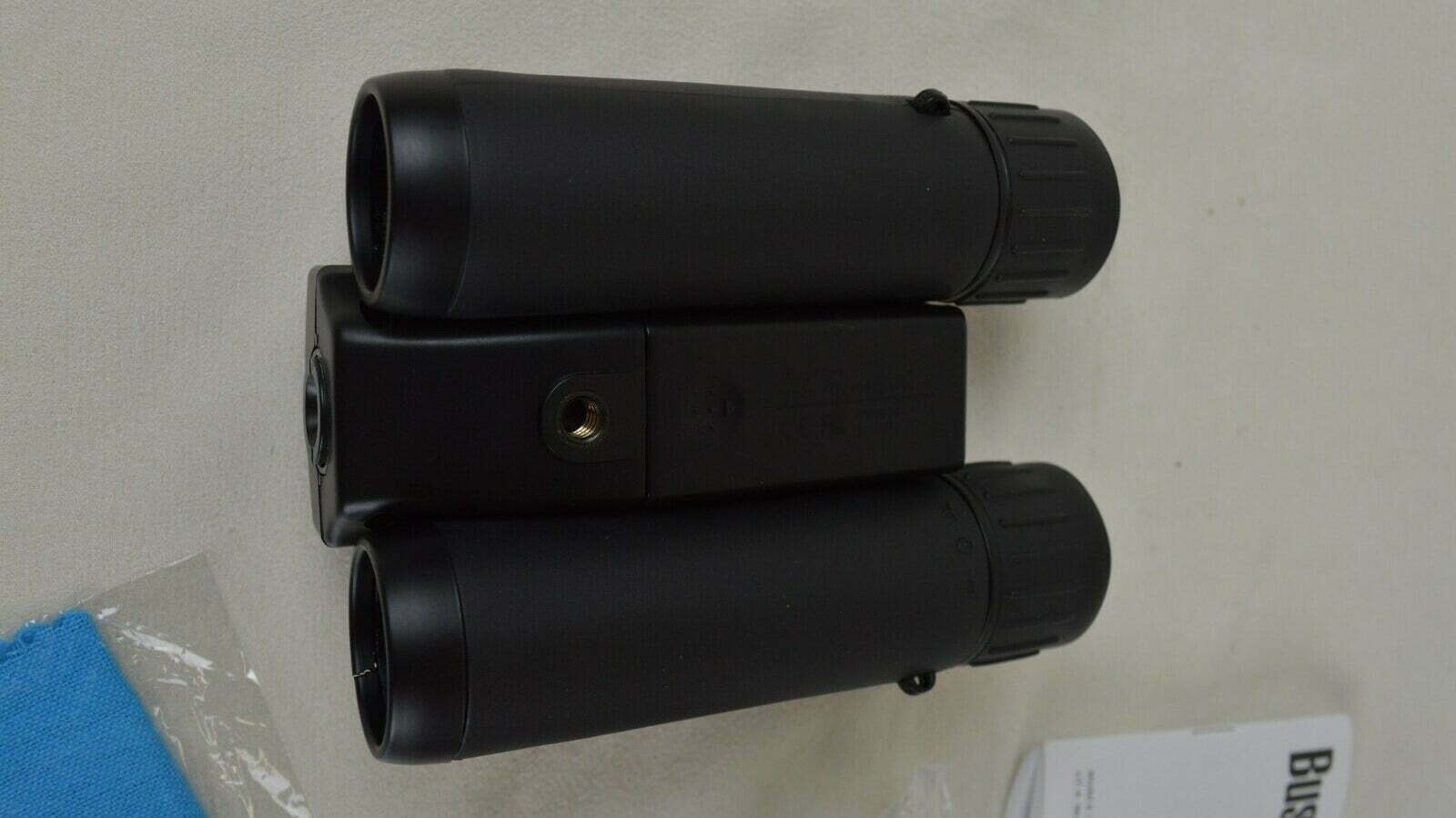The main advantage of using digital single-lens reflex cameras is the ability to use different sets of lenses. If you are a novice camera user, the idea of changing your best digital camera lenses might seem difficult. Why take the lens off a digital camera in the first place?
KEY TAKEAWAYS:
- The main advantage of using digital single-lens reflex cameras is the ability to use different sets of lenses.
- Different lenses come with a specified focal length range, determining the suitability of a lens to a specific shot from standard, wide-angle, telephoto, etc.
- Taking off and fitting back a lens on DSLR and Mirrorless cameras is easy since they have the same bayonet fitting.
Fortunately for you, in this post, we will highlight all of these issues and considerations.
Why Take Off the Camera Lens?
Each lens has a specified focal length range that is represented by a number just like gamma in a digital camera is represented by a pixel’s numeric value. With that number, a user is able to know how much of a scene they are capable of capturing with their modern cameras. Ideally, this determines the suitability of a lens or lens elements when it comes to image sharpness, setup durability, low light shooting, sharp image, and autofocusing speed.
All kinds of cameras have a selection of suitable lenses, from telephoto lenses up to 800mm to fisheye lenses with a 180-degree view.
Depending on a user’s photography specialty, they will take off the lens to suit their point of interest. For example, if you are looking to shoot landscape or travel pictures, a wide-angle lens would be beneficial.
There are several types of lenses to choose from depending on the user’s interest in photography.
Types of Lenses
The following are commonly used lenses for digital photography.
Wide-angle Lenses
They are perfect lenses for shooting master shots of an entire scene or when looking to work in cramped spaces. In case you are looking to shoot with one prime lens, this is the one to get.
Standard Lens
These have a natural-looking perspective and are perfect for mid-shots and two-shots of people. They will have a minor distortion when used for close-up pictures. The 50mm prime lenses are small and fast and offer excellent image quality.
Portrait or Medium Telephoto Lens
They are fast, with built-in flash, and are perfect for low-light conditions. However, they are pretty tricky to hold and might need a tripod for the perfect picture. They are perfect for graphic compositions.
Telephoto Lens
They are a type of zoom lenses and are perfect for flattening perspective, bringing objects closer, and separating the subject from the background. Unfortunately, they are big, heavy and slow, and need to be mounted on a tripod for perfect shots.
Insider Tip
If you are not switching camera lenses, ensure the lens mount is covered with a protective cap.
How to Place and Remove a Lens from a Digital Camera
Different digital camera models have different methods of placement for the release and rotation buttons. However, all advanced cameras including the Digital SLR camera, action cameras, compact cameras, and mirrorless camera come with the same bayonet fitting.
Take care when removing the lens bundle from the camera body. If exposed, it will allow dirt and dust particles to get into the digital camera image sensors or gear. The result is dark spots on images with high apertures preventing sharp images. Fortunately DIY digital camera repair can fix this.
After removing the lens from the camera, make sure to cover it with a rear lens cap and fit your camera with a replacement lens immediately.
- Switch Off Camera
Turn off the digital camera. It helps save battery life. Remove the cap that covers the lens mount found at the front of the camera.
- Remove Cap
Unplug the cap covering the lens ‘back.
- Check Mounting Index
Identify the correct lens mounting index on the digital camera body, and then makes sure the mounting index on the lens and camera are in alignment. Your lens will also have a mounting index.
- Align and Position Lens
Ensure the mounting indexes are aligned and then position the lens on the digital camera’s lens mount. Turn it clockwise until it clicks into place in a clean environment.
To take the lens off the digital camera:
- Switch Off Camera
Turn off the camera.
- Trigger Lens Release Button
Press the lens release button. Next, grip the rear collar of the lens, and then turn the lens towards the shutter button located at the side of the camera.
- Take Off the Lens
As soon as you feel the lens release from the mount, remove it from your digital camera. Next, fit the rear protective cap on the back of the lens. If you are not switching camera lenses, ensure the lens mount is covered with a protective cap, and the memory card is in place.
Warning
Take care when removing the lens bundle from the camera body. If exposed, it will allow dirt and dust particles to get into the digital camera image sensors or gear.
F.A.Q.
Will changing lenses mean I end up with dust particles on the image sensors?
Yes. However, it doesn’t need to be the reason you don’t change lenses. Being able to use the appropriate lens for a specific shot is the best benefit of owning a digital SLR camera.
Why is sensor dust a problem?
Yes. Sensor dust will affect the result of the photo, and most times will need to do some editing to remove its effects. Therefore, it is recommended to handle the camera lens carefully while taking them off.
Should you take your camera lens off?
It is not advisable to take the lens off the camera unless you want to swap it for another. If you are swapping lenses, do it fast, and ensure everything is tidy.
Why should you turn off the camera before changing lenses?
Perhaps the most important reason why the camera needs to be off when changing lenses is to prevent the sensor from getting exposed to dust.
STAT: According to surveys, the digital camera segment volume will amount to 3.84m pieces by 2025. The industry is expected to show a volume of 15.2% growth in 2022 (source)
REFERENCES:
- https://helpguide.sony.net/ilc/1450/v1/en/contents/TP0000434668.html
- https://www.nikonusa.com/en/learn-and-explore/a/tips-and-techniques/getting-started-how-to-change-a-dslr-lens.html
- https://en.wikipedia.org/wiki/Camera_lensr
- https://www.youtube.com/watch?v=6RMSlbQsqzs
- https://www.statista.com/outlook/cmo/consumer-electronics/tv-radio-multimedia/digital-cameras/united-states





















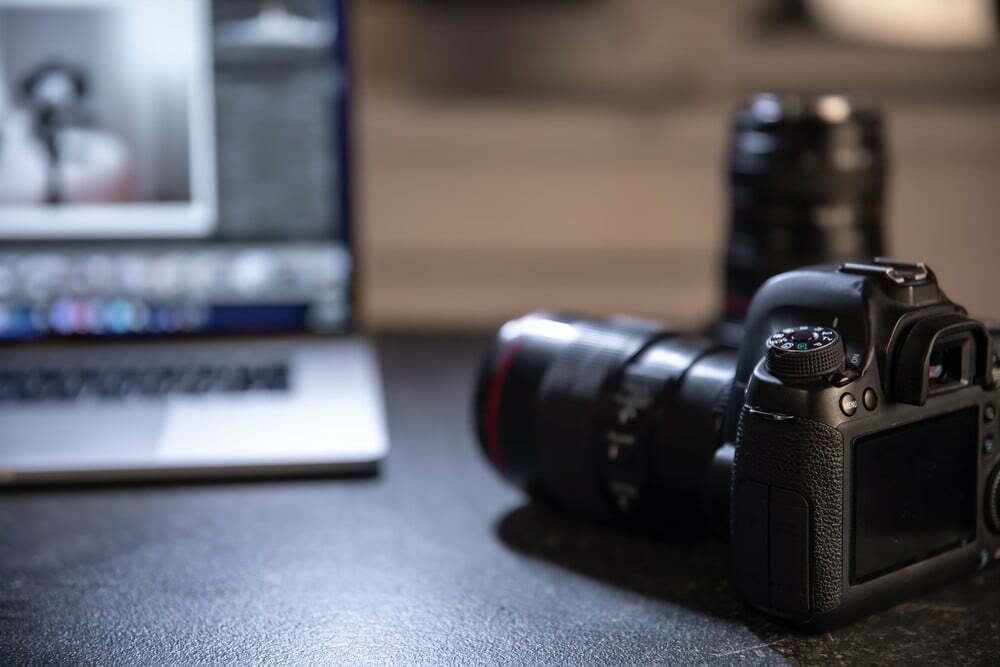
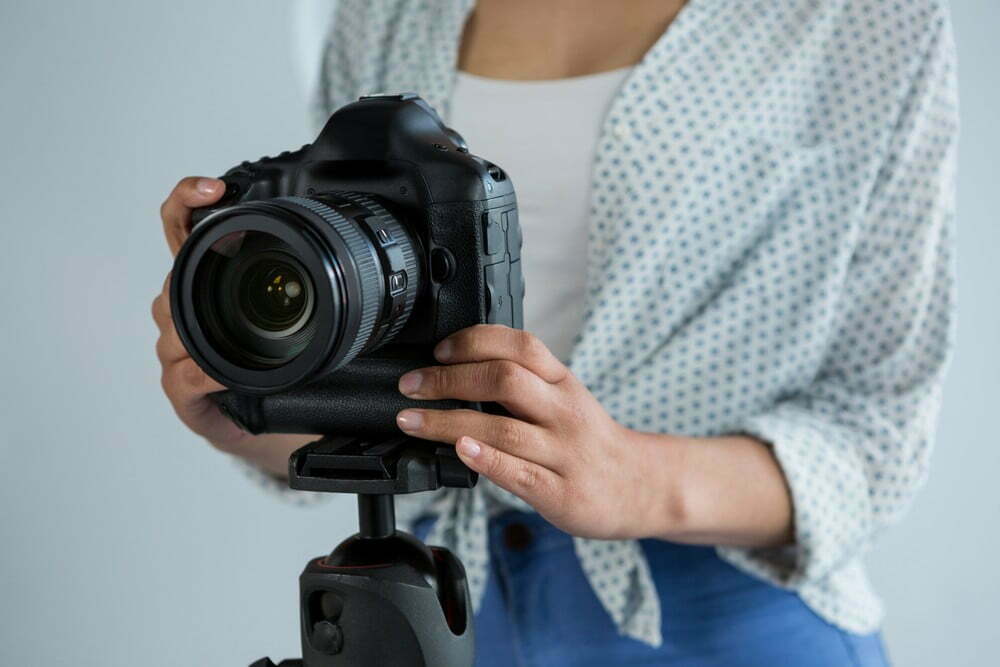


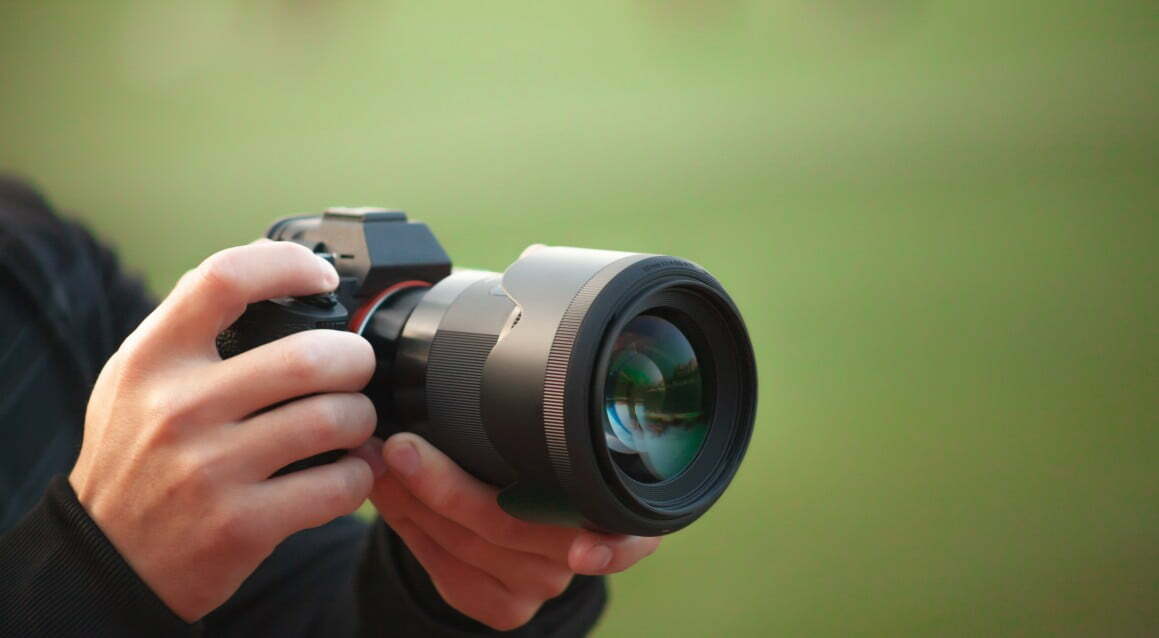
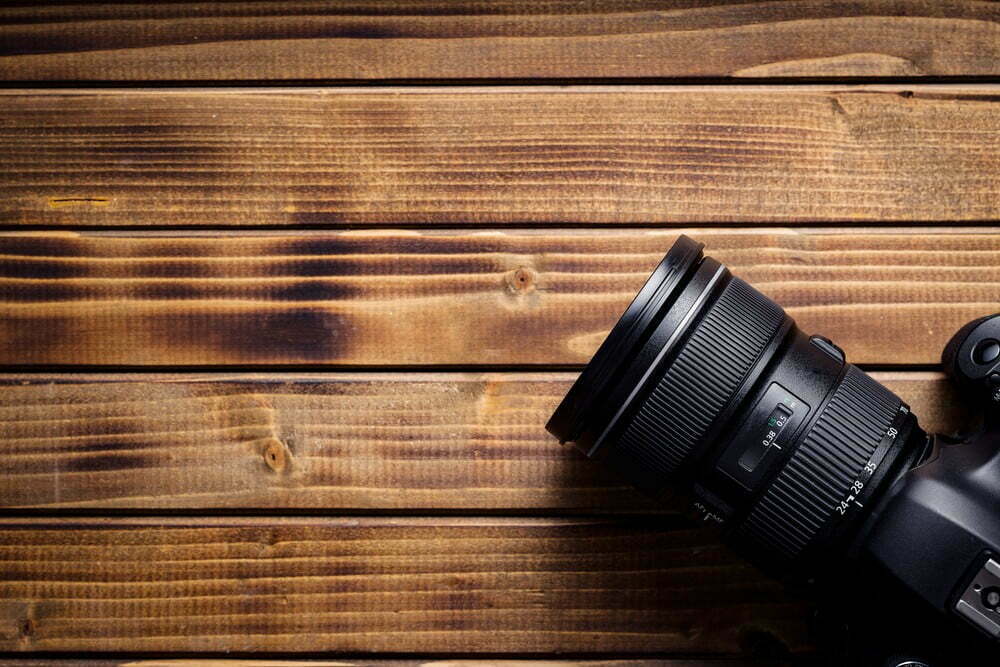
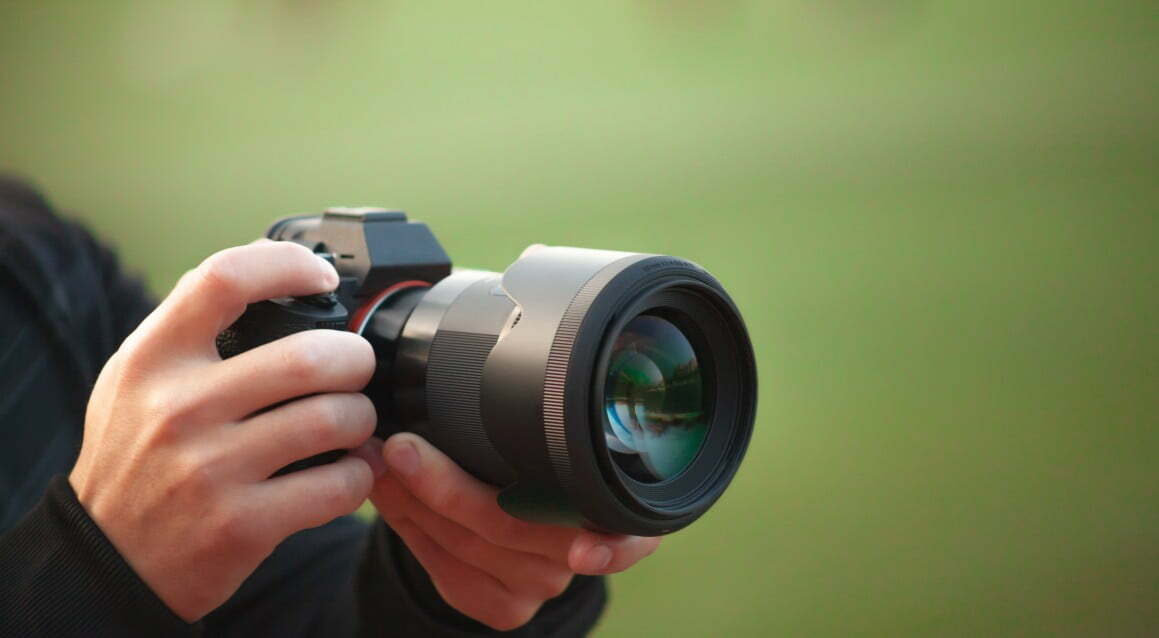
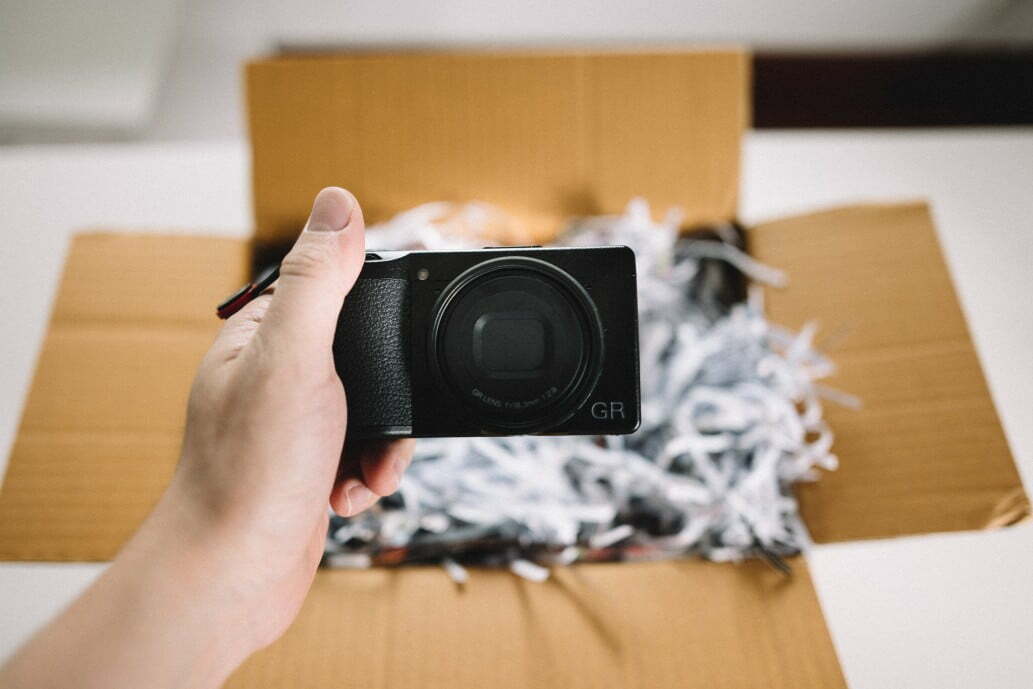
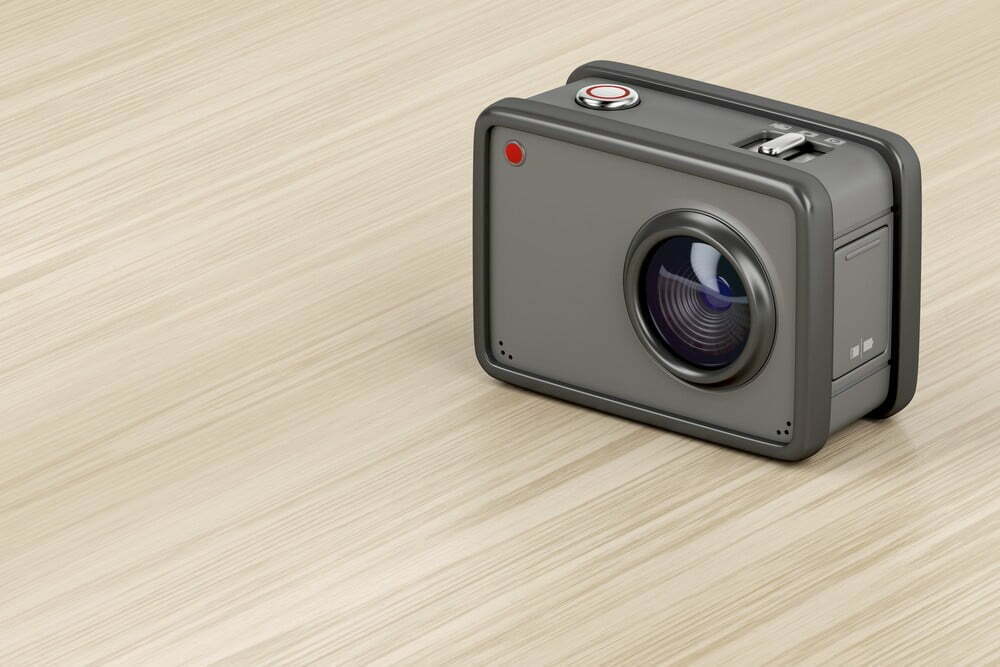
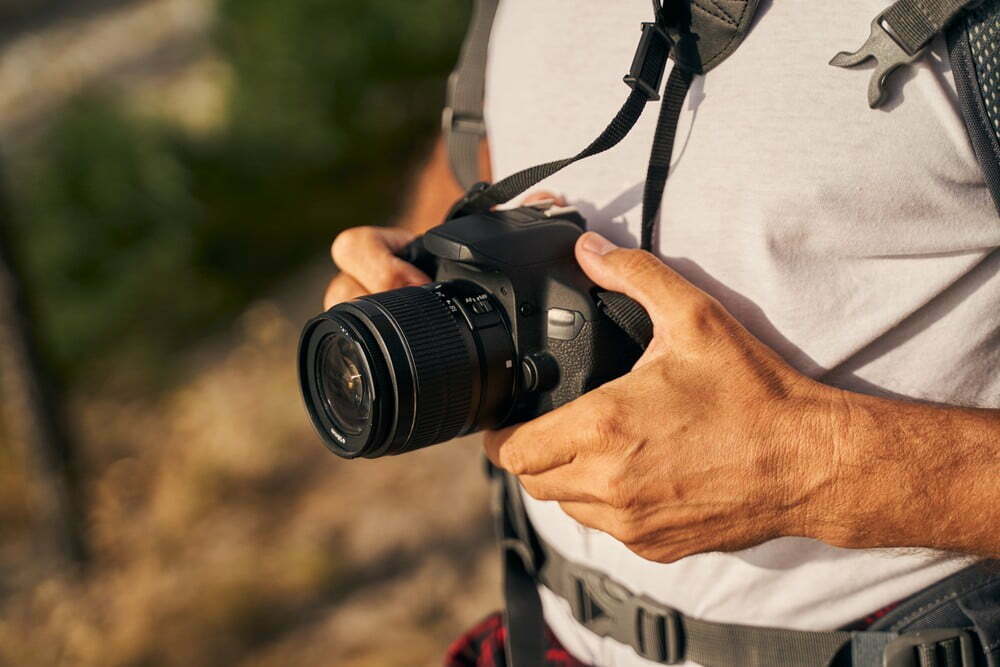
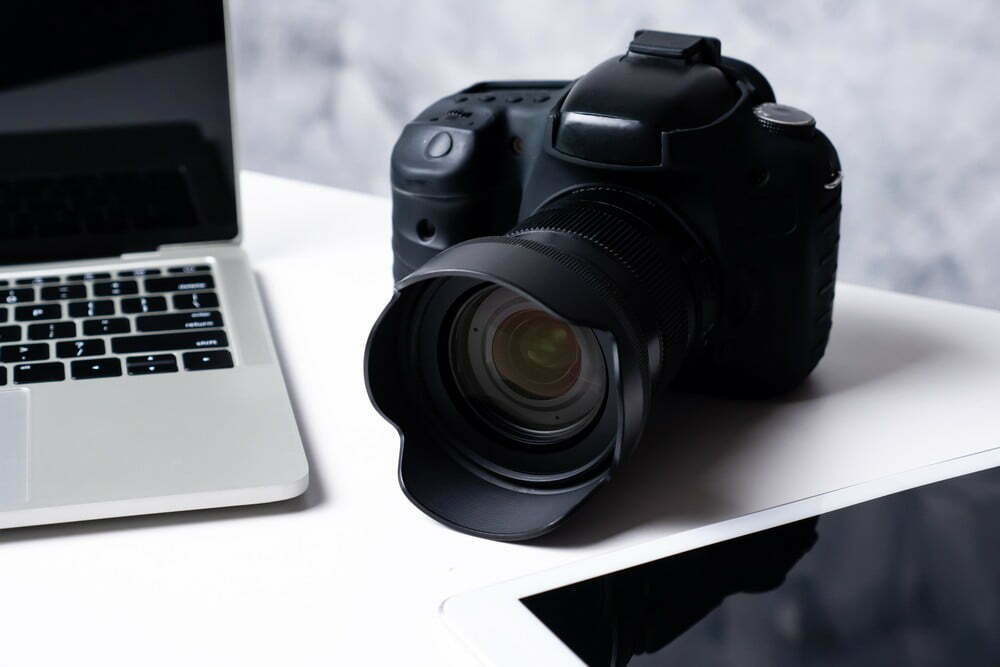

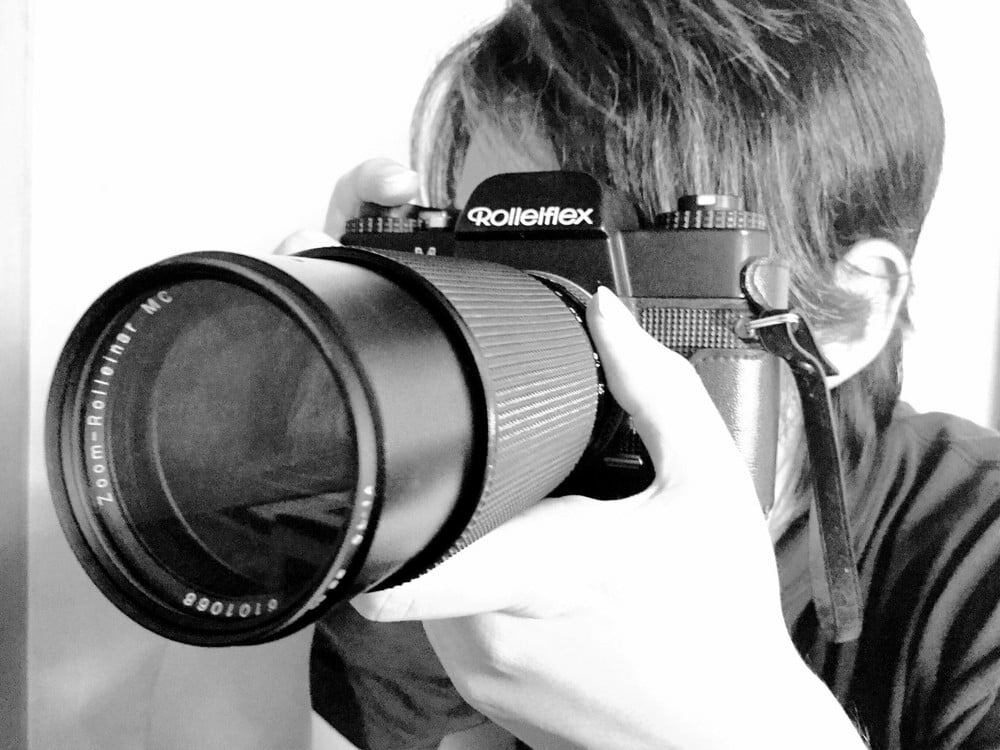
![Best Point and Shoot Camera in [year] ([month] Reviews) 27 Best Point and Shoot Camera in 2025 (October Reviews)](https://www.gadgetreview.dev/wp-content/uploads/Nikon-Coolpix-B500.jpg)
![Best Underwater Camera in [year] ([month] Reviews) 28 Best Underwater Camera in 2025 (October Reviews)](https://www.gadgetreview.dev/wp-content/uploads/best-underwater-camera-image.jpg)
![Best Digital Cameras in [year] ([month] Reviews) 29 Best Digital Cameras in 2025 (October Reviews)](https://www.gadgetreview.dev/wp-content/uploads/what-is-resolution-on-digital-camera-1.jpg)
![Best Digital Camera Docking Stations in [year] 30 Best Digital Camera Docking Stations in 2025](https://www.gadgetreview.dev/wp-content/uploads/best-digital-camera-docking-stations-image.jpg)
![Best Vlogging Camera in [year] ([month] Reviews) 31 Best Vlogging Camera in 2025 (October Reviews)](https://www.gadgetreview.dev/wp-content/uploads/best-vlogging-camera-image.jpg)
![Best Mirrorless Camera in [year] ([month] Reviews) 32 Best Mirrorless Camera in 2025 (October Reviews)](https://www.gadgetreview.dev/wp-content/uploads/best-mirrorless-camera-image.jpg)
![Best GoPro in [year] ([month] Reviews) 33 Best GoPro in 2025 (October Reviews)](https://www.gadgetreview.dev/wp-content/uploads/best-gopro-image.jpg)
![Best Digital Camera Tripods in [year] 34 Best Digital Camera Tripods in 2025](https://www.gadgetreview.dev/wp-content/uploads/best-digital-camera-tripods-image.jpg)
![Best Canon Digital Cameras in [year] 35 Best Canon Digital Cameras in 2025](https://www.gadgetreview.dev/wp-content/uploads/best-canon-digital-cameras-image.jpg)
![Best Polaroid Digital Cameras in [year] 36 Best Polaroid Digital Cameras in 2025](https://www.gadgetreview.dev/wp-content/uploads/best-polaroid-digital-cameras-image.jpg)
![Best Small Digital Camera Cases in [year] 37 Best Small Digital Camera Cases in 2025](https://www.gadgetreview.dev/wp-content/uploads/best-small-digital-camera-case-image.jpg)
![Best Digital Camera USB Cables in [year] 38 Best Digital Camera USB Cables in 2025](https://www.gadgetreview.dev/wp-content/uploads/best-digital-camera-usb-cable-image.jpg)
![Best Digital Camera Bags in [year] 39 Best Digital Camera Bags in 2025](https://www.gadgetreview.dev/wp-content/uploads/best-digital-camera-bag-image.jpg)
![Best Sony Digital Cameras in [year] 40 Best Sony Digital Cameras in 2025](https://www.gadgetreview.dev/wp-content/uploads/best-sony-digital-cameras-image.jpg)
![Best Digital Camera Accessories in [year] 41 Best Digital Camera Accessories in 2025](https://www.gadgetreview.dev/wp-content/uploads/best-digital-camera-accessories-image.jpg)
![Best Kodak Digital Cameras in [year] 42 Best Kodak Digital Cameras in 2025](https://www.gadgetreview.dev/wp-content/uploads/best-kodak-digital-cameras-images.jpg)
![Best Panasonic Digital Cameras in [year] 43 Best Panasonic Digital Cameras in 2025](https://www.gadgetreview.dev/wp-content/uploads/best-panasonic-digital-cameras-image.jpg)
![Best Video Cameras in [year] ([month] Reviews) 44 Best Video Cameras in 2025 (October Reviews)](https://www.gadgetreview.dev/wp-content/uploads/best-video-cameras-image.jpg)
![Best Compact Cameras in [year] 45 Best Compact Cameras in 2025](https://www.gadgetreview.dev/wp-content/uploads/best-compact-camera-image.jpg)
![Best Digital Cameras with Wifi in [year] 46 Best Digital Cameras with Wifi in 2025](https://www.gadgetreview.dev/wp-content/uploads/best-digital-camera-with-wifi-image.jpg)












